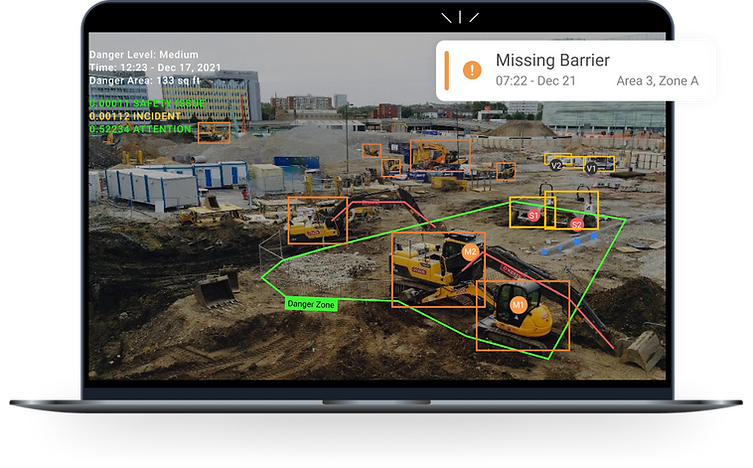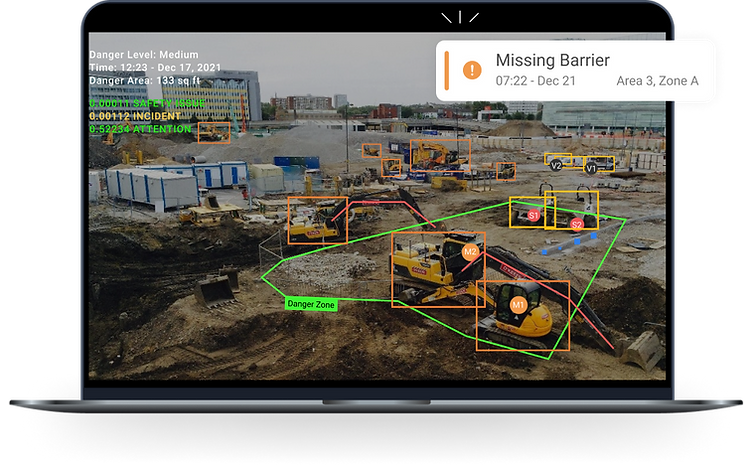Hazardous situations are events that can be dangerous to people, communities, and the environment. They include things like natural disasters such as earthquakes, floods, and storms, as well as accidents like chemical spills or big fires. When dealing with these situations, it's important to act quickly and know what to do to stay safe.
To help with this, we have a system called the Dangerous Situation Alert System. These systems are like watchdogs that keep an eye out for danger. They use technology to detect hazards, analyse information, and send out warnings to let people know when they need to take action to protect themselves. These alerts help us get ready and respond faster to keep everyone safe during emergencies. In this blog, we will study more about the
alert system and how to escape from this situation.
Types of Alert Systems
The two types of alert systems are:
Traditional Systems
Alert systems are diverse tools crucial for ensuring public safety during emergencies. Sirens and public announcements utilize loud sounds to notify people in the vicinity, although they may have a limited range and contribute to noise pollution. Conversely, weather radios and emergency broadcasts offer targeted warnings and detailed instructions, which are particularly beneficial during severe weather events or hazardous conditions. Additionally, mobile apps and text message alerts provide instantaneous notifications directly to individuals' phones, ensuring rapid dissemination of critical information. Each type of alert system plays a vital role in safeguarding communities, offering various methods to alert and inform individuals, enhancing preparedness, and facilitating prompt responses during times of crisis.
Modern Technologies
Sensor networks detect hazards like earthquakes by monitoring seismic activity or gas leaks by detecting changes in air composition. Mobile apps send location-based alerts and personalized instructions during emergencies, improving response times and individual safety. Social media and community networks disseminate information through citizen reports and real-time updates, enhancing communication during crises. ViAct, a comprehensive platform, integrates these features, offering streamlined hazard detection, personalized alerts, and community engagement for effective emergency response.
Benefits of Alert Systems
By increasing preparedness, individuals and communities gain more time to get ready for emergencies, making it easier to stay safe. When evacuations are better organized, people can leave quickly and safely, reducing the number of injuries and deaths. First responders benefit from better information, helping them understand what's happening and how to help. Additionally, being more prepared can help lessen the damage to homes and buildings. Overall, these efforts help people feel safer and more confident in their ability to bounce back from tough situations, building stronger communities that can withstand challenges together.
Challenges and Considerations
Making sure the system works well and costs little to keep up is important. Sometimes, false alarms can scare people and cause unnecessary worry. It's also essential to make sure everyone can understand the alerts, especially older people or those who speak different languages. We need to find a balance between giving enough information and not overwhelming people. Also, different systems and ways of communicating need to work together smoothly. This helps make sure everyone gets the right information when they need it, keeping everyone safe during emergencies.
The Future of Alert Systems
The Dangerous Situation Alert System is benefiting from advancements in artificial intelligence, which are improving risk prediction and providing early warnings before emergencies occur. These AI capabilities are being integrated with the Internet of Things, enabling real-time data collection and analysis for a swift understanding of our surroundings. Moreover, the system now delivers personalized alerts tailored to individuals' specific needs and the risks they might face. To ensure effective communication, the system utilizes various channels such as voice, text, and visuals, accommodating different preferences in receiving information. These advancements in Alert Systems are enhancing safety and keeping people well-informed during critical situations.
Conclusion
Alert Systems play a crucial role in safeguarding lives and minimizing damage during hazardous situations. Individuals need to familiarize themselves with their local systems and take proactive steps toward preparedness. By staying informed and prepared, we can better protect ourselves and our communities in times of crisis.
ViAct, a comprehensive platform, exemplifies the importance of proactive readiness. Integrating advanced technologies and personalized alerts empowers individuals to take responsibility for their safety and stay informed during emergencies, contributing to overall community resilience.
Visit Our Social Media links :-
Source:-






Comments